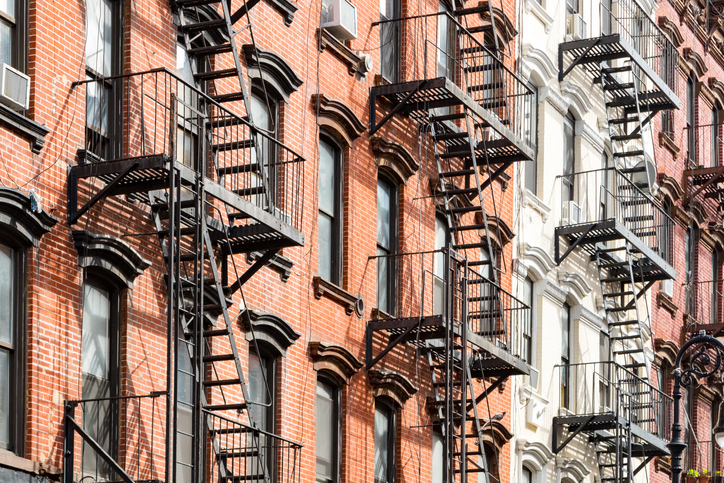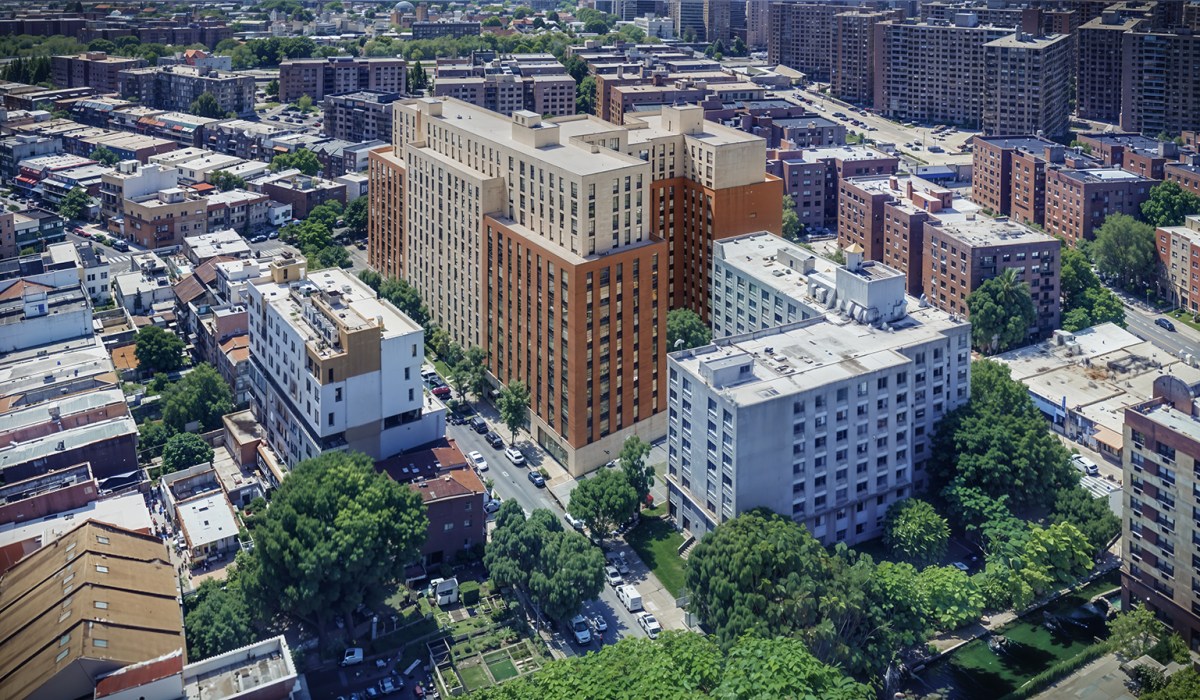
If you live in neighborhoods like Corona and Jackson Heights in Queens, or Windsor Terrace and Sunset Park in Brooklyn, a new report suggests you probably don’t have a lot of personal living space.
From long-time residents doubling up to save on rent to immigrants moving in with their already established families, New Yorkers are increasingly packing into their homes.
According to data from the 2013 census, aggregated in a new report from the real estate listings site StreetEasy, 8.9% of New York City households that year were considered “crowded” — or had more than one occupant for every room, including living and dining rooms. Nationally, 2.3% of all U.S. households were “crowded.”
StreetEasy predicts that this trend will grow, as the average New York household will spend 65.4% of its income on rent in 2016, and therefore will have to tighten belts even further. The median asking rent in the five boroughs will grow by 3.2% to $3,055 this year, according to StreetEasy’s report, but the city’s median household income is only expected to rise .7%, to $56,079.
While the Bronx had the highest amount of crowded homes in 2013 out of all the boroughs, at 12.4% — followed by Brooklyn with 10.3% — Queens had the most crowded neighborhoods, StreetEasy found.
In Corona, 23% of households were crowded in 2013, and 20.8% had the same status in North Corona, according to the report. In East Elmhurst, 20.7% of homes were crowded, and Jackson Heights saw 20.6% crowding.
In Windsor Terrace and Sunset Park, 19.6% of households were crowded that year.
Young professionals who are priced out of Manhattan are flocking to areas in Brooklyn and Queens where trains are still easily accessible, StreetEasy data scientist Alan Lightfeldt said.
But rent isn’t necessarily cheap in places like Windsor Terrace — the median rent there was $2,500 in the fourth quarter of 2015, up 3.1% from the previous year, according to the website. It was $1,950 in Sunset Park, up 6.8% from 2014.
The median rent in Jackson Heights in the fourth quarter of 2015 was $1,775, up 4.4% from the year before. The most recent median rent that StreetEasy had logged for Corona was $1,650 in August 2015.
Crowding in Queens is largely due to the borough being a starting point for immigrants entering the country, Lightfeldt said.
“These are neighborhoods that are stepping stones to the country,” Lightfeldt said of Corona and Jackson Heights. “Familial ties are very important, so … they might choose to live together.”
While Americans place high value on personal space, not all cultures live that way, noted Diana Hernandez, an assistant professor in socio-medical sciences at Columbia University.
It’s possible “that people have more protection, that they have more social support and that they’re better [socially] integrated,” in homes with multiple generations, for example, she said. “It’s possible that childcare is not as much of an issue for parents in homes where they have this additional support.”
Saifull Islam, 23, said his family packed 11 people into a one-bedroom when they first moved to Jackson Heights from Bangladesh in 2007, and lived that way until everyone got on their feet.
“When we first came, we didn’t make that much money. It was really hard for my parents to get a job,” he recalled. “Now they have a job and business and they’re good. But when you first come you don’t know anyone and you don’t know where to start.”
Katherine Pappas, 56, a local resident and associate broker at Rock Realty in Jackson Heights, is concerned that crowding can cause fire hazards and other dangerous situations.
“I’ve walked in houses and I’ve been appalled at things that I’ve seen,” Pappas said. But, she added, “in a way I can understand it because people are losing jobs. People don’t have money.”
Crowding can negatively affect landlords, who struggle to pay their property taxes and other bills while trying to keep tenants safe and comfortable, said Frank Ricci, director of government affairs for the New York City Rent Stabilization Association.
“We’ve been talking about this for 10 years,” he said of the issue. “There’s multiple causes, but the main cause is the enormous burden that government has saddled owners with in terms of operating costs.”
Overcrowding puts stress on public infrastructure as well, added Jeremy Laufer, district manager for Brooklyn Community Board 7, which represents Windsor Terrace.
“It’s an issue in many ways. We see it in our schools and we see it tangentially when it comes to parking, and our parks,” he said. “We have very few options for creating new housing or other public infrastructure.”
The city is trying to address the problem by building affordable housing and maintaining existing units, according to Wiley Norvell, a deputy press secretary for Mayor Bill de Blasio.
The city last year financed 21,041 affordable apartments, more than a third of which were new construction, and two-thirds of which were preserved existing affordable housing.
“That’s actually the majority of the mayor’s housing plan: Using benefits and programs to lower landlords’ costs in exchange for long-term affordable apartments and keeping tenants in place,”Norvell said. (WITH IVAN PEREIRA AND ANN w. SCHMIDT)
Here are the top 10 most crowded neighborhoods in NYC, according to StreetEasy:
Nabe — Percentage of households that are crowded
1. Corona — 23%
2. North Corona — 20.8%
3. East Elmhurst — 20.7%
4. Jackson Heights — 20.6%
5. Crotona Park East — 19.6%
6. Windsor Terrace — 19.6%
7. Sunset Park — 19.6%
8. Morrisania — 19.4%
9. East Tremont — 18.8%
10. Belmont 18.7%

































